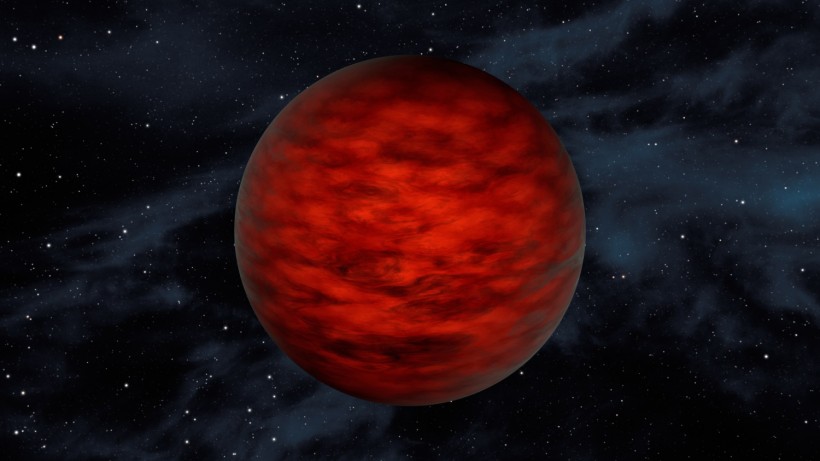Several citizens teamed up with astronomers to discover new objects in space by participating in the project Backyard Worlds: Planet 9. Together, they discovered 95 candidate extremely cold brown dwarfs near the sun, which are slightly larger than planets by are lighter than stars.
The results of their findings have been pre-published and will be published in the August issue of the Astrophysical Journal. The project participants were aided by Hawaii's W. M. Keck Observatory, discovering a few brown dwarfs cool enough to possibly have traces of water.
The Backyard Worlds: Planet 9 citizen science project was launched in February 2017 by a team of astronomers. Their goal is to discover stars, brown dwarfs, and planets in the cosmos with the help of volunteers.
'Anyone with a computer or smartphone to flip through Wide-field Infrared Survey Explorer (WISE) images' is welcome to join the project. In previous projects, volunteers have discovered up to 1,500 stars and brown dwarfs, earning several citizen scientists the right to become co-authors in some studies.
Searching for Brown Dwarfs
For years, scientists have been looking for a missing link in the number of brown dwarfs left. Brown dwarfs are basically 'failed stars' that have greater masses than the planets in the solar system but were too small to become stars because they could not sustain nuclear cores. These space objects also have low temperatures and without nuclear reactions, are hard to detect.
Aaron Meisner of the National Science Foundation's NOIRLab said that the collaborative discovery might give "new insights into the formation and atmospheres of planets" outside the solar system. It could help humanity find more clues about the formation of the universe. Moreover, the brown dwarfs could help scientists estimate the number of free-floating worlds roaming interstellar space near the Sun.
Using the Near-Infrared Echellette Spectrometer at the Keck Observatory allowed a team from the Cool Star Lab and University of San Diego researchers to identify the cool temperatures of the brown dwarfs. Some objects were almost as cold as Earth as they also measured the gases of each brown dwarf atmosphere. The team also used NASA's Spitzer Space Telescope, and several other observatories helped with the recent findings.
The astronomers also teamed up with over 100,000 citizen scientist volunteers who helped sort through several trillions of pixeled telescope images. Supercomputers are not sensitive enough to pick up faint objects like brown dwarfs.
READ: NASA's THEMIS Mission Provides First Strong Evidence Explaining Mysteries of Auroras
Making Cosmic Discoveries
Another 'technical burden' of astronomers, explained Meisner, is downloading up to a billion astronomical object catalogs, and then individually investigating the details of each one. NOIRLab's Astro Data Lab giving open access to their web portal, helped the Backyard Worlds team easily catalog the newly discovered brown dwarfs.
NASA's WISE satellite archives also helped with the new discoveries. The WISE mission was launched in 2009 and scanned about 750 million objects in space by 2011, including stars, entire galaxies, and asteroids. The satellite soon retired that same year, and NASA launched NEOWISE two years later.
Meisner shared his excitement of cosmic discoveries being spotted first by citizen scientists. "The Backyard Worlds discoveries show that members of the public can play an important role in reshaping our scientific understanding of our solar neighborhood," he said.
READ NEXT: ALMA Finds a Galaxy Like Our Own in the Early Universe
Check out more news and information on Space on Science Times.















